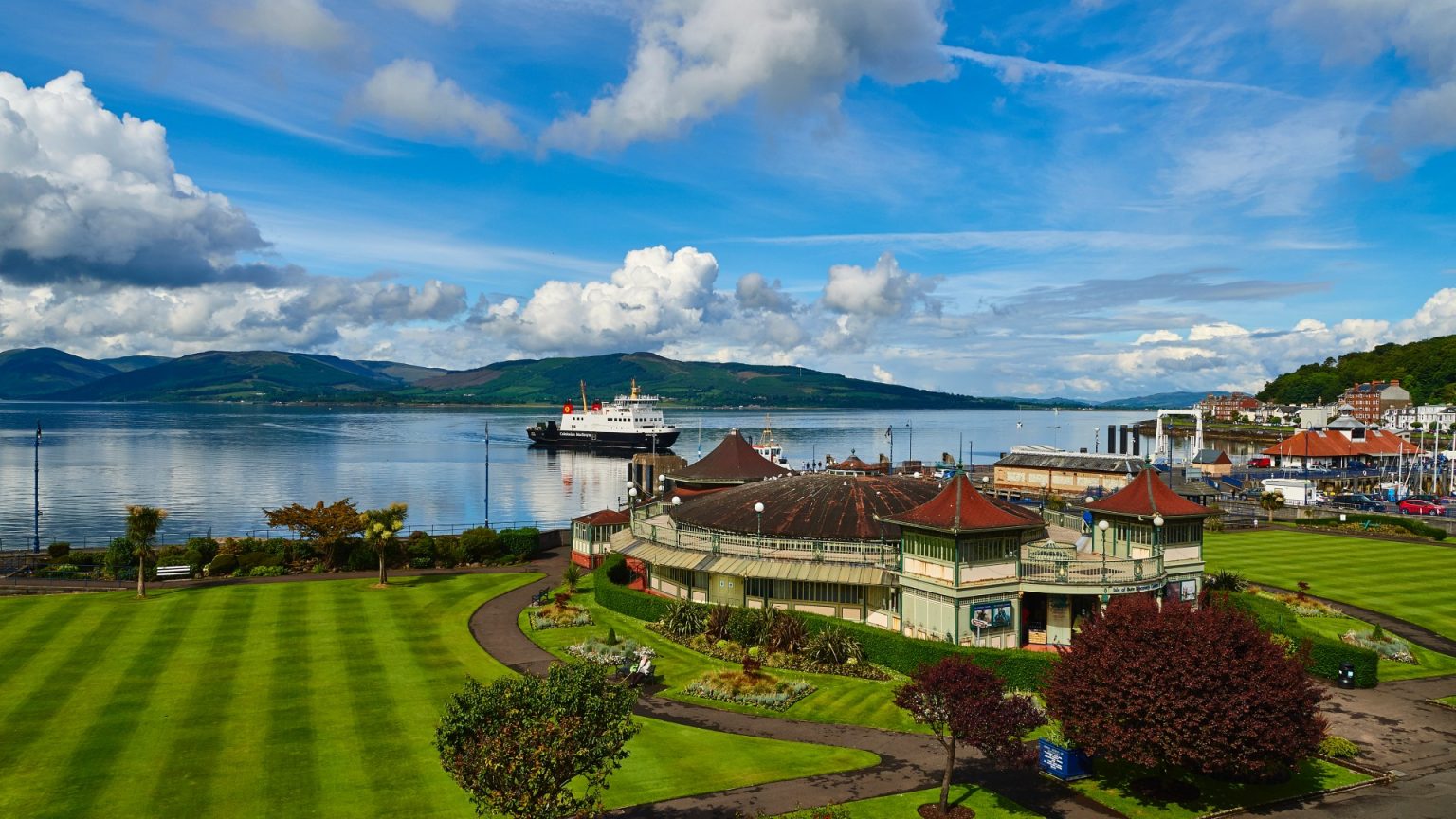The Isle of Bute, a picturesque island nestled off the coast of Scotland, offers a unique blend of historical charm, natural beauty, and surprisingly, lavatorial luxury. Once a bustling Victorian day-trip destination, easily accessible by a short ferry ride from Wemyss Bay, Bute retains its allure, beckoning visitors to explore its captivating landscapes and architectural treasures. Among these treasures, the island boasts what are arguably the most beautiful public toilets in the UK, a testament to the Victorian era’s attention to detail and aesthetic sensibilities.
Built in 1899 at a cost equivalent to over £57,000 today, the men’s toilets stand as a remarkable example of Victorian craftsmanship. Constructed from marble and ceramic, adorned with intricate patterns, and featuring original copper piping, these facilities are a far cry from the utilitarian restrooms of modern times. Twenty individual stalls are arranged around a central station housing six additional compartments, with a potted plant adding a touch of elegance to the space. While the original Victorian splendor is reserved for male visitors, a more modern facility was added for women in 1994. The historical significance of these toilets is underscored by a visit from King Charles during his time as Prince of Wales, further cementing their status as a noteworthy attraction.
Beyond the ornate toilets, Bute offers a wealth of attractions for visitors. Rothesay Castle, a 13th-century fortress, stands as one of the best-preserved castles in Scotland, offering a glimpse into the island’s rich history. Mount Stuart, a stately home open to the public, showcases innovative Victorian engineering, including early examples of lifts and an indoor swimming pool. The island’s natural beauty is equally compelling, with a variety of activities to suit all tastes. From leisurely alpaca walks to exploring pristine beaches, Bute offers a tranquil escape from the hustle and bustle of city life.
Ettrick Bay, located in the north of the island, boasts a mile-long stretch of golden sand, perfect for sunbathing and family outings. St Ninian’s Bay, accessible only during low tide, offers a secluded and dramatic coastal experience. For those seeking a more unique beach experience, Scalpsire Bay in the south features striking red sand, while Kilchattan Bay offers another picturesque coastal setting. The Ardencraig Gardens, a hidden gem bursting with colorful blooms, provides a serene escape for nature lovers.
For those wishing to extend their stay, The Glenburn Hotel offers comfortable accommodation. Originally a Victorian hydrotherapy retreat, this three-star hotel has been lovingly restored and offers guests a taste of the island’s historical charm. With rooms starting at £89 a night, it provides an affordable base for exploring Bute’s many attractions. According to travel writer Robin McKelvie, Bute’s appeal endures, with its stunning beaches and charming attractions continuing to draw visitors. He highlights Kilchattan Bay as a local favorite and recommends Ettrick Bay for families, praising its long sandy beach and traditional tea room.
McKelvie also suggests a hike along the scenic West Island Way, starting from Kilchattan Bay and winding along the rugged coastline and hills to the ruins of the 13th-century St Blane’s Chapel. This hike offers a chance to immerse oneself in the island’s dramatic landscapes and discover its hidden historical treasures. Whether seeking historical insights, natural beauty, or simply a unique bathroom experience, the Isle of Bute offers a memorable escape, blending Victorian charm with modern comforts. The island’s accessibility, combined with its diverse attractions, makes it an ideal destination for a day trip or a longer stay, promising an enriching experience for all who visit.


